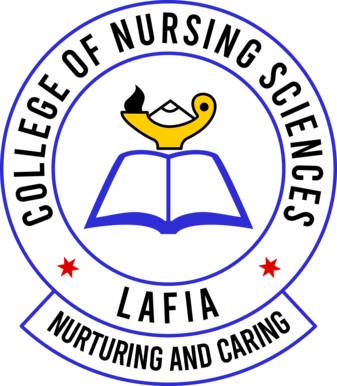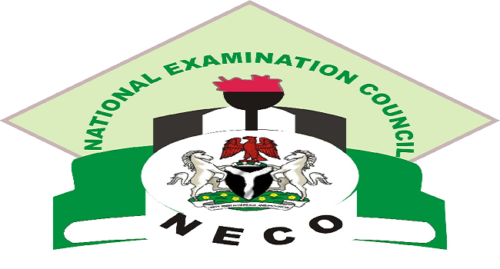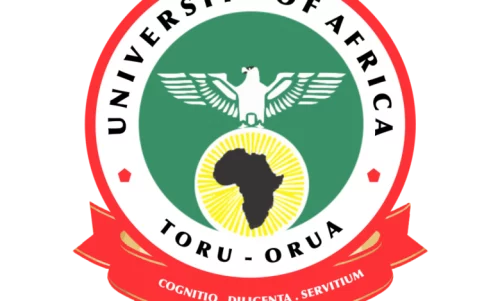Biology Keypoints; Reproduction; Reproduction is an essential biological process that allows organisms to produce offspring and pass on their genetic information to the next generation. There are two main types of reproduction: asexual and sexual.
Asexual reproduction involves only one parent and results in offspring that are genetically identical to the parent. Sexual reproduction involves two parents and results in offspring that have a unique combination of genetic information.
Biology Keypoints; Reproduction
A. Asexual Reproduction:
- Fission as in Paramecium:
Paramecium is a unicellular organism that reproduces asexually by binary fission. In this process, the parent cell divides into two identical daughter cells.
- Budding as in yeast:
Yeast is a unicellular organism that reproduces asexually by budding. In this process, a small bud grows on the parent cell and then separates to form a new individual.
- Natural Vegetative Propagation:
Natural vegetative propagation is a type of asexual reproduction in plants. It occurs when new individuals are produced from vegetative structures such as roots, stems, and leaves.
- Artificial Vegetative Propagation:
Artificial vegetative propagation is a type of asexual reproduction in plants that is carried out by humans. It involves techniques such as cutting, grafting, and layering to produce new individuals.
B. Sexual Reproduction in Flowering Plants:
- Floral Parts and their Functions:
Flowering plants have specialized reproductive structures called flowers. Flowers have four main parts: sepals, petals, stamens, and pistils. The sepals and petals protect the reproductive structures, while the stamens and pistils are involved in reproduction.
- Pollination and Fertilization:
Pollination is the transfer of pollen from the male reproductive structures (anthers) to the female reproductive structures (stigmas). Fertilization occurs when the sperm from the pollen fertilizes the egg in the ovule, resulting in the formation of a seed.
- Products of Sexual Reproduction:
The products of sexual reproduction in flowering plants are seeds and fruits. Seeds contain the embryo and the nutrients needed for the plant to grow. Fruits are the mature ovary of the flower and contain seeds.
C. Reproduction in Mammals:
- Structures and Functions of the Male and Female Reproductive Organs:
Male mammals have testes, which produce sperm. Female mammals have ovaries, which produce eggs. Both males and females have structures such as the vas deferens, uterus, and vagina that are involved in reproduction.
- Fertilization and Development (Fusion of Gametes):
Fertilization occurs when a sperm cell fuses with an egg cell, resulting in the formation of a zygote. The zygote undergoes cell division to form an embryo, which develops into a fetus.
Conclusion:
Reproduction is an essential biological process that allows organisms to pass on their genetic information to the next generation. Asexual reproduction is a simpler process that produces offspring that are genetically identical to the parent, while sexual reproduction produces offspring with a unique combination of genetic information from both parents.
In flowering plants, sexual reproduction occurs through the specialized structures of flowers, while in mammals, it involves the reproductive organs and the fusion of gametes. Understanding the mechanisms of reproduction is crucial in understanding the diversity and evolution of life on Earth.












